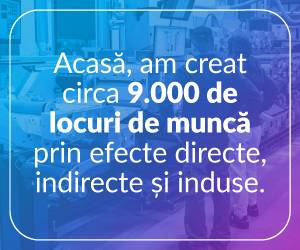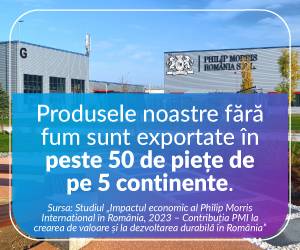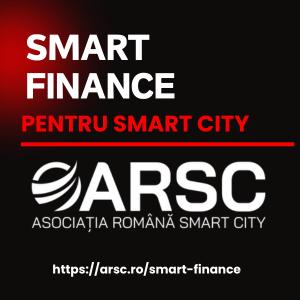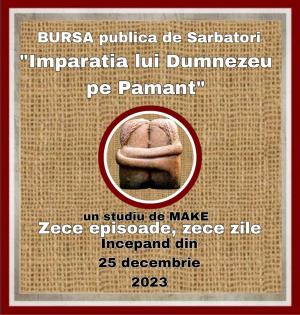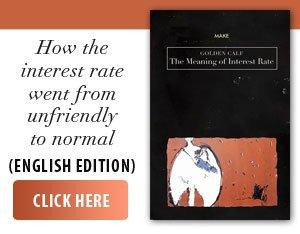Collaboration between the Army, the Government, companies in the fields, academia and international partners is needed for the defense industry to be reborn in the current geopolitical and strategic context, in which it will benefit from substantial funds allocated from the European Union budget, but also through the SAFE program, said yesterday the participants in the "Make it in Romania” conference, whose purpose is to promote the idea that we are entering an era in which we do not just buy weapons, but also manufacture, innovate and begin to regain the lost influence in the defense field.
At the conference that took place in Bucharest and attended by over 600 defense stakeholders - institutional actors and representatives of the business environment, there was talk about the historic opportunity that the defense industry has in our country, an opportunity that we cannot afford to miss.
Opening the conference, retired Lieutenant General Corneliu Postu said: "We are witnessing a real reconfiguration of the security environment... and the fundamental lesson is that you must be able to rely on your own defense industry.” His warning comes at a time when infantry is returning to the forefront, infrastructure investments are becoming huge, and the speed of acquisitions is becoming essential in a region where the Black Sea is no longer just a strategic interest, but an area of permanent risk. In this geopolitical tension, General Postu's question - "Is the industry capable of meeting these needs?” - becomes the foundation of a debate involving the Government, the Army, academia, Romanian companies and international giants. The current global context no longer allows defense industry companies to work, said Sebastian Tudor, CEO of TNT Productions Romania, the company that organized yesterday's event. He showed that technology evolves faster than processes and stated that real collaboration and access to information are needed, because investments can no longer proceed in a fragmented industry.
Eduard Dumitraşcu, president of the Romanian Association for Smart City and Mobility, also expressed the same sentiment, stating that it is not equipment, gadgets, or a "shopping list” that make a nation strong, but ecosystems and integrated projects. "Institutions no longer buy products, but solutions. The future begins today, but not with SAFE, but with companies in Romania and the ecosystem we are building,” said Eduard Dumitraşcu, who also spoke about Defense Network Romania, the platform he promotes and pursues precisely this coagulation between industry, state, academia, and financing. Mr. Dumitraşcu believes that this collaboration is the only way Romania can move from lohn to real production and its own capabilities in the defense industry.
Corneliu Vişoianu, a security expert, has thrown the current figures into the debate: Romania imports 70% of essential military equipment, and this model "cannot ensure independence” in the field of defense and security. He warns: "We have a historic window of opportunity... but without modern factories, the national defense strategy remains just theory.” Mr. Vişoianu proposes three urgent directions: massive re-technologizing, integration into European supply chains, and the reconstruction of research through rapid prototyping and partnerships with universities and the DIANA program managed by NATO. Furthermore, he requested that 30% of the national research budget be directed towards public-private partnerships and motivated the request as follows: "Without innovation, there is no competitiveness, and without competitiveness, there is no independence.”
The same pressure is confirmed by the Army. Lieutenant General Iulian Berdilă, Deputy Chief of the Defense Staff, explained: "We need solutions to come, as much as possible, from Romania; to produce here, to innovate here.” In the context in which NATO and the EU are discussing industrial capacity in wartime, Romania can become a relevant actor only if it transforms potential into concrete capabilities, if it develops local suppliers and if the industry keeps up with the announced pace of modernization.
The state confirms, for the first time, the same direction. The Secretary of State in the Ministry of Defense, Sorin Moldovan, stated that the defense budget for 2025 reaches 8.7 billion euros - 2.3% of GDP -, of which 2.5 billion goes to major acquisitions and research. By 2028, the average annual allocations will exceed 32 billion euros, with over 12 billion dedicated to acquisitions. Moldovan emphasizes that Russia is the "main threat”, and the consolidation of the national industry becomes a strategic objective, according to the National Defense Strategy.
Iulian-Cosmin Mărgeloiu, State Secretary within the Ministry of Economy, pushed the discussion further and stated: "The national armament industry is on the way to being reborn through SA FE.” Romania would absorb about 16.7 billion euros, of which 12 billion euros in equipment and production capacities. He showed that in this whole context, the European principle of localization and joint procurement is essential: large orders, for five years, which allow for predictability, investment and real industrial development. "We do not want to be just a country that purchases equipment, but to produce it in Romania,” said the Secretary of State at the Ministry of Economy.
Government sources present at the conference told us that, for the first time, Romania is negotiating equipment on the principle of parity: for each product purchased from a foreign company, the same company would produce in our country the same type of equipment for export. It is a radical change, impossible a few years ago.
Local industry is aligning. Răzvan Pîrcălăbescu, Romarm's general manager, says that the 15 subordinate factories are "ready to absorb the allocations from SAFE”, but draws attention to a key principle: "Let the Romanian Government put in one euro and we will put in three euros for the development of industrial capacities”. The Romarm boss insists on the dual use of technologies and the need to transform the opportunity given by the war in Ukraine into an engine of local innovation: "let's apply the technologies tested on the front in our products”.
Foreign investors see the same potential, but demand predictability. Peter Bae, CEO of Hanwha Aerospace Romania, talks about "simplifying legislation” and conditions investments on the existence of stable and competitive local capacities: "Companies from third countries want competition. We also want order, predictability and support, but first and foremost real competition”. SAFE, he says, can become a major accelerator, if Romania plays its European card intelligently.
Romanian entrepreneurs are showing that real transformation is possible, not just theoretical. Constantin Pintilie, CEO of Blue Space Technology, described the transition of a sector that went from "the outlawry of combiners” in the early 2000s to the current ambition to produce its own technology. "Nobody transfers your know-how; that's why we have to burn the steps and produce in Romania.” His company is launching the VLAH military vehicle on December 12, a Romanian 4×4 made with a Slovak partner and assembled at the Moreni Automecanica Plant, a first step towards technological freedom in an industry that until now only assembled vehicles, without access to real intellectual property.



















